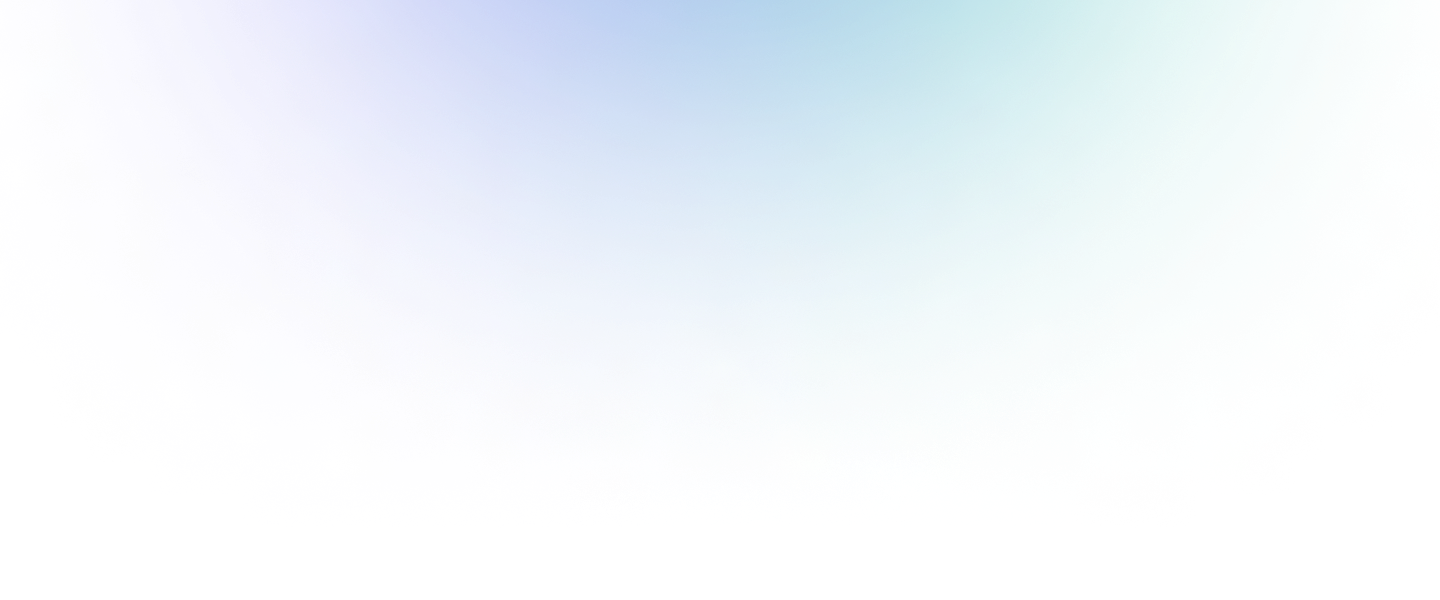
Join our community to see how developers are using Workik AI everyday.
Features

Define Neural Networks Instantly
AI suggests activation functions, optimal layers, and configurations with Pytorch or Theano for models.

Generate Training Pipelines
AI helps build pipelines with preprocessing, model checkpoints, and evaluation with Pandas and Matplotlib.

Debug Models Efficiently
AI assists in detecting inefficiencies, enhancing training with TensorFlow Profiler and performance insights.

Tune Hyperparameters Quickly
AI optimizes hyperparameters with grid search or Bayesian techniques using Optuna or Scikit-learn.
How it works
Sign up at Workik using your Google account or manually enter your details to get started.
Upload your dataset and define model requirements such as input shapes, layers, and loss functions. Include frameworks for tailored AI-driven configurations.
Use AI to create Keras scripts for model building, training, and evaluation. Automate data preprocessing, regularization techniques, and advanced callbacks for efficient workflows.
Share generated code with your team for real-time collaboration. AI suggests hyperparameter optimizations, monitors model performance, and integrates deployment-ready solutions.
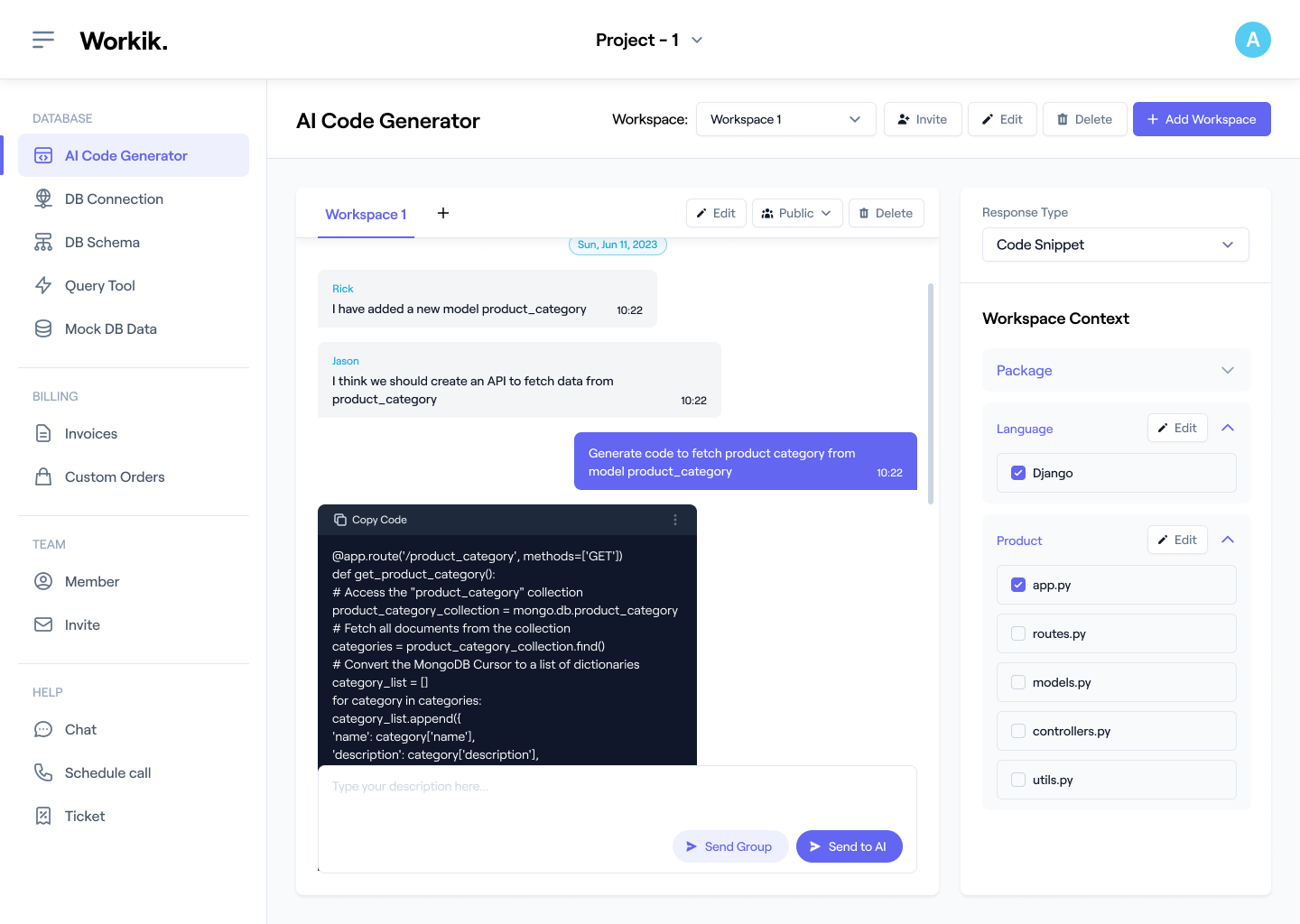

Expand
.png)
.png)
Expand
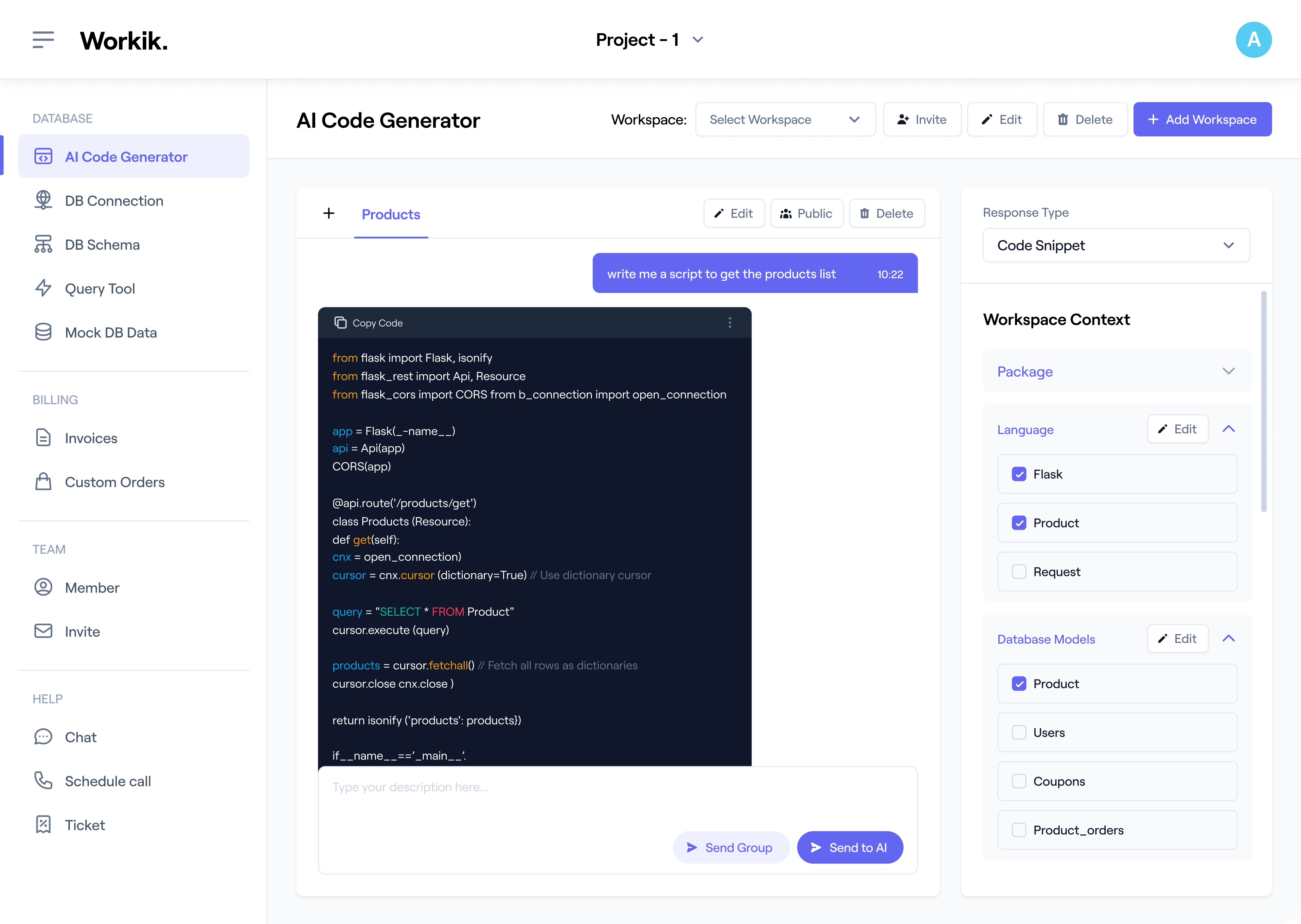

Expand
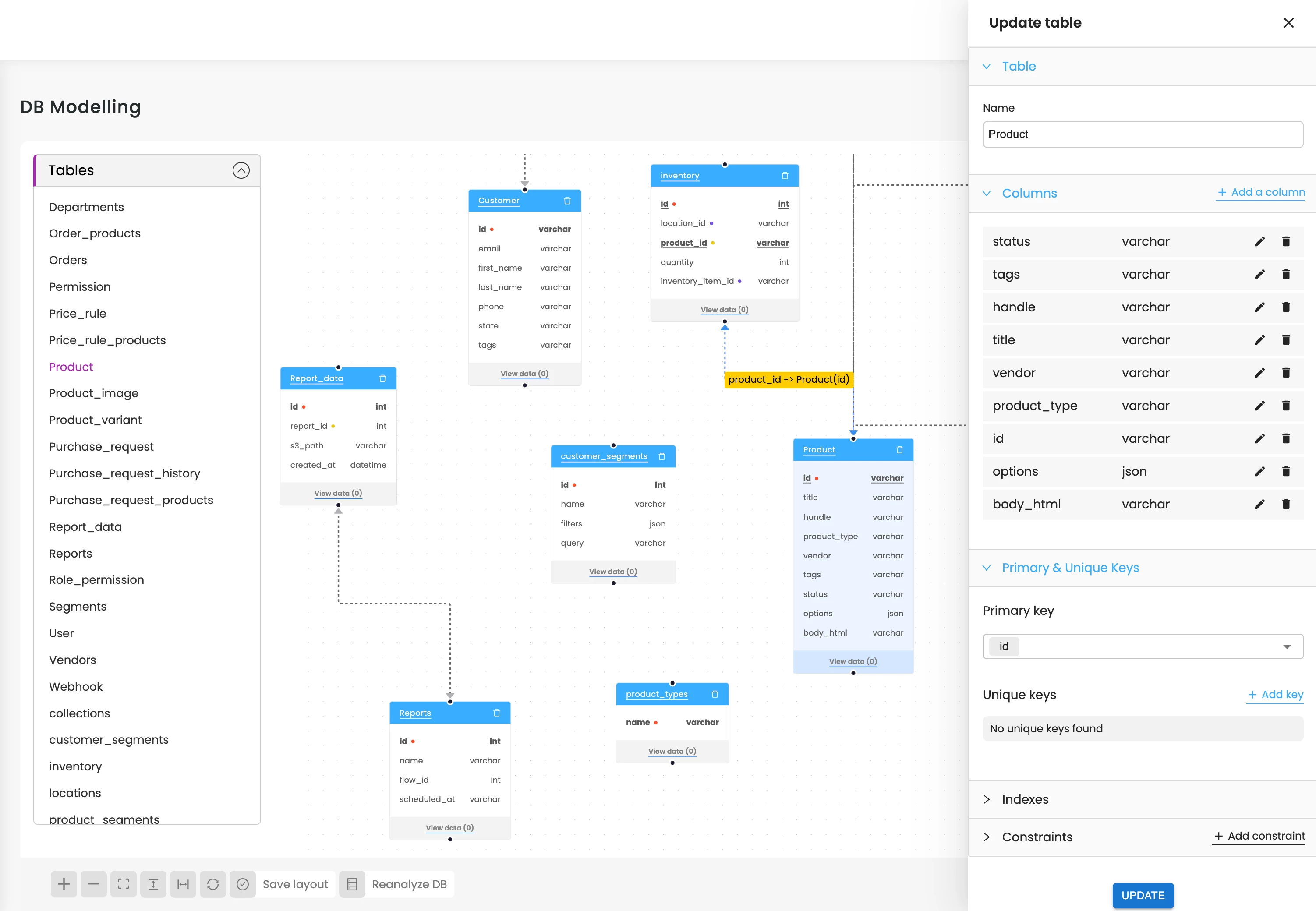

Expand
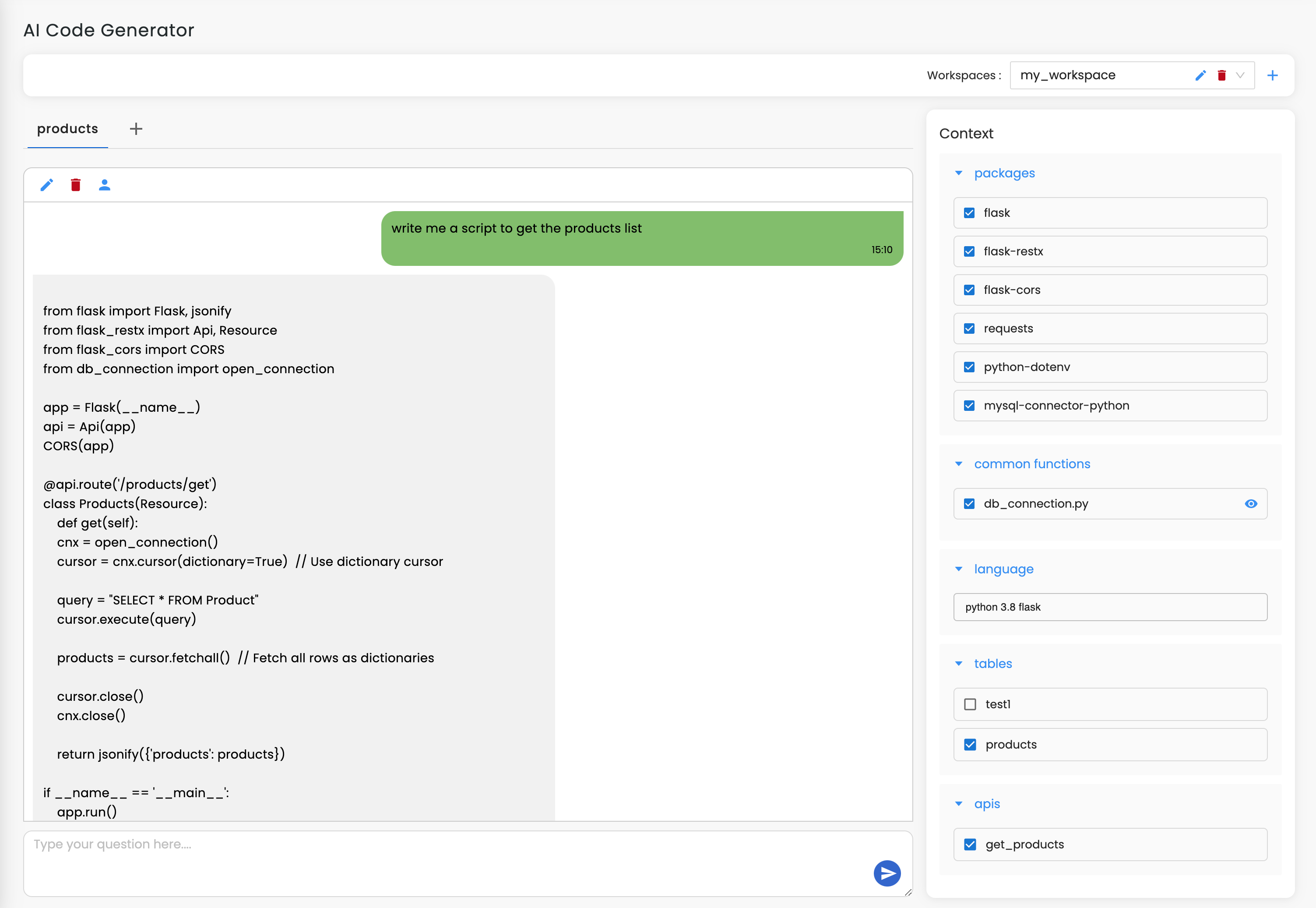

Expand


Expand


Expand


TESTIMONIALS
Real Stories, Real Results with Workik
Workik AI transformed my workflow. It automates scripts, tunes models, and simplifies debugging effortlessly!

Lisa Lin
Data Scientist
I rely on Workik AI to create complex Keras models quickly. The AI's accuracy and ready scripts are lifesavers!

Jake Williams
Junior Developer
Workik AI speeds up experimentation for my team. From preprocessing to performance optimization, it’s flawless!

Omar El-Masry
Machine Learning Engineer
What are some popular use cases of Workik’s AI-powered Keras Code Generator?


Workik’s AI-powered Keras Code Generator is ideal for various Keras-based development tasks, including but not limited to:
* Boost neural network architecture creation for faster prototyping.
* Generate data preprocessing pipelines for structured and unstructured datasets.
* Configure advanced callbacks like early stopping and learning rate scheduling.
* Debug models with AI-assisted performance diagnostics and insights.
* Optimize training pipelines with custom loss functions and metrics.
* Integrate model evaluation with cross-validation and validation split generation.
* Prepare deployment-ready scripts for TensorFlow Serving or ONNX export.
What context-setting options are available in Workik’s AI for Keras Code Generation?


Workik provides extensive context-setting options to tailor Keras projects, allowing users to:
* Connect GitHub, GitLab, or Bitbucket repositories for seamless code management.
* Define input shapes, layer types, and activation functions for custom architectures.
* Upload datasets and define preprocessing requirements like scaling or augmentation.
* Specify frameworks like TensorFlow or Theano for backend compatibility.
* Add callback configurations, such as checkpoint saving or TensorBoard integration.
How does Workik AI assist in creating sequential models in Keras?


Workik AI can generate layer-by-layer configurations tailored to your task. For example, it can stack Dense, LSTM, or GRU layers for time-series forecasting or text generation, complete with dropout and batch normalization.
Can Workik AI help with efficient image data loading in Keras?


Yes, Workik AI generates optimized scripts using TensorFlow’s ImageDataGenerator or tf.data pipeline. For instance, AI can configure parallel data loading, caching, and augmentation, crucial for tasks like object detection or image segmentation.
Can Workik AI assist in creating ensembles of Keras models?


Absolutely. Workik AI can generate scripts to ensemble multiple Keras models. For example, AI might suggest averaging predictions from a CNN and an RNN for a multimodal dataset, providing robust solutions for complex tasks like video analysis or sentiment detection.
How does Workik AI support explainability in Keras models?


Workik AI helps integrate tools like SHAP or LIME to provide interpretability. For instance, AI can generate scripts to visualize feature importance or heatmaps, helping you understand why a model made a certain prediction, which is crucial for industries like healthcare or finance.
How does Workik AI optimize model training time in Keras?


Workik AI analyzes your dataset and suggests strategies like mixed-precision training and distributed computing for GPUs or TPUs. For instance, in a large image dataset, AI can configure TensorFlow’s MirroredStrategy to train efficiently across multiple GPUs.
Generate Code For Free

Keras: Question and Answer
Keras is a high-level deep learning framework written in Python that simplifies building and training neural networks. It acts as an abstraction layer, supporting powerful backends, enabling developers to prototype and deploy machine learning models quickly. Its modular design and user-friendly API make it ideal for tasks ranging from image classification to natural language processing.
Popular frameworks, tools, and libraries used with Keras include:
Data Manipulation:
Pandas, NumPy
Visualization:
Matplotlib, Seaborn
Model Training:
TensorFlow, PyTorch, Theano
Pretrained Models:
Hugging Face Transformers, TensorFlow Hub
Hyperparameter Tuning:
Optuna, Scikit-learn
Data Augmentation:
Albumentations, ImageDataGenerator
Model Saving:
HDF5, SavedModel
Popular use cases of Keras include:
Image Recognition:
Build CNNs for object detection and image classification.
Natural Language Processing:
Use RNNs or LSTMs for text generation, translation, and sentiment analysis.
Reinforcement Learning:
Develop agents for games or robotics using deep Q-networks.
Time-Series Forecasting:
Analyze trends and predict outcomes with sequential models like GRUs or LSTMs.
Anomaly Detection:
Identify unusual patterns in datasets, such as fraudulent transactions.
Audio Processing:
Use spectrograms and CNNs for speech recognition or music genre classification.
Professionals skilled in Keras can explore roles such as Deep Learning Engineer, AI Research Scientist, Machine Learning Engineer, Data Scientist, Computer Vision Specialist, Natural Language Processing Engineer, and AI Model Deployment Specialist.
Workik AI offers extensive support for Keras, including:
Code Generation:
Creates scripts for neural networks, training loops, and evaluation pipelines.
Data Preprocessing:
Automates steps like normalization, augmentation, and split generation for training and validation.
Model Optimization:
Suggests architectural changes and hyperparameter adjustments for improved performance.
Debugging Assistance:
Identifies bottlenecks and errors in training processes with TensorFlow Profiler integration.
Transfer Learning Support:
Fine-tunes pretrained models like MobileNet with task-specific datasets.
Deployment:
Generates TensorFlow Serving and ONNX export scripts for production.
Custom Callbacks:
Configures early stopping, learning rate schedulers, and checkpoints.
Visualization Support:
Provides scripts for training metrics like loss and accuracy curves using Matplotlib.
Explore more on Workik
Get in touch
Don't miss any updates of our product.
© Workik Inc. 2025 All rights reserved.

